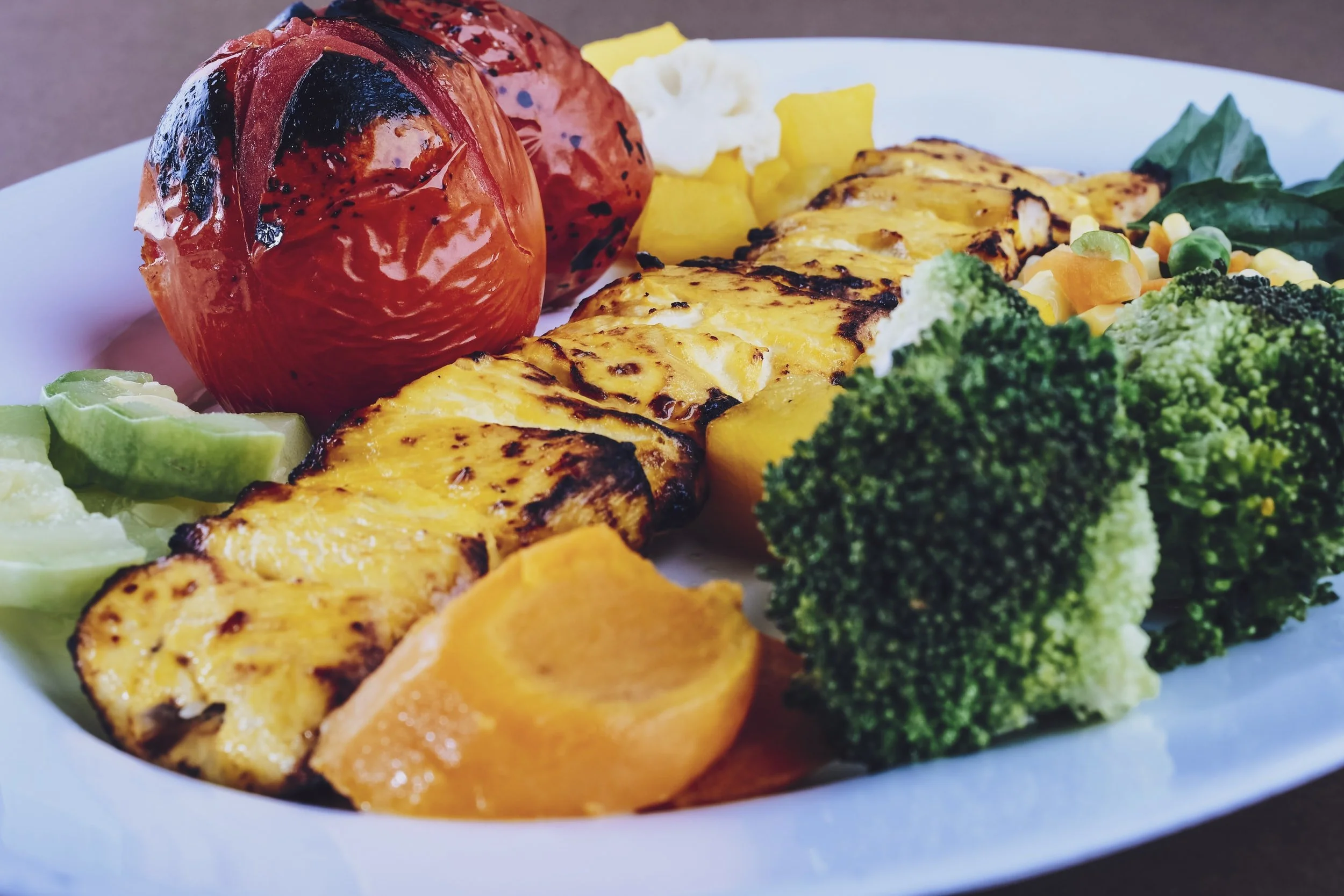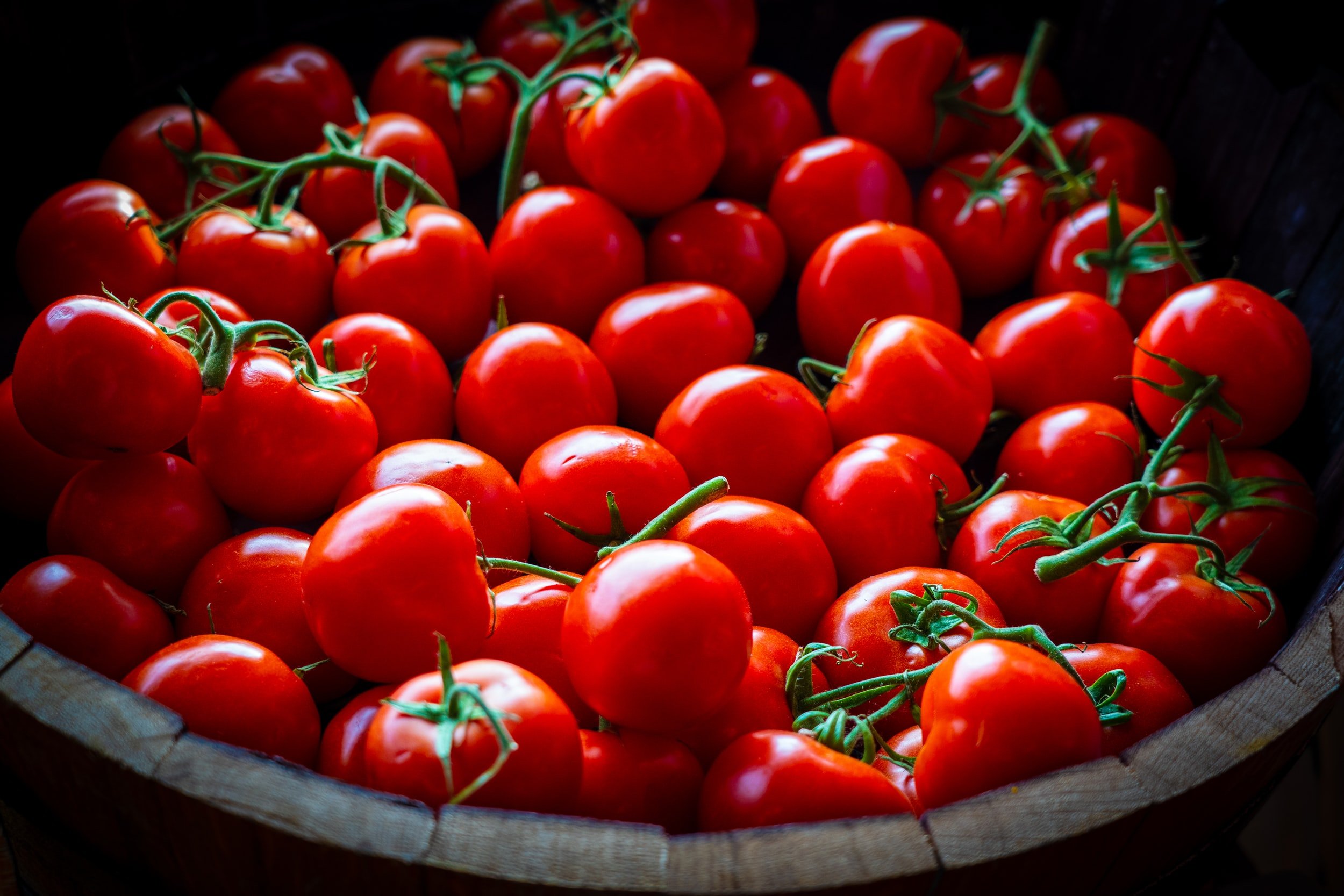How To Boost Your Immune System This Winter.
Eat, train, sleep, repeat.
Let’s face it, being an athlete isn’t just about focusing on progressive overload, macro targets, or staying lean. It’s really about becoming a stronger you by incorporating all aspects of deep health.
One of the most important elements to your overall health is recovery. How well you recover, comes down to how well rested you are and how well you eat.
This blog will cover some strategies you can implement to boost your immune system plus some simple winter recipes you can try this season.
Tis the season to be sniffly
No matter how strong you are as an athlete, you can still fall victim to those nasty winter bugs if you’re not careful.
So besides having a really balanced diet, exercising, washing our hands religiously and wearing face masks when we’re out, what else can we do to prevent ourselves from picking up those stinking colds?
Eat the rainbow
Plant’s phytonutrients are essential to our health. They help us fight disease and stay strong, and if you like to push your body to the limits, you need to make especially sure that you are getting the nutrients you need.
The nutrients are in the colour
Did you know that the different colours in fruit and vegetables tell us what kinds of nutrients are in them? This means that a specific lack of certain colour in our diet, can also mean that we are at risk of nutrient deficiency.
Here are some interesting stats:
31% of us get enough greens
22% get enough reds
21% get enough yellows and oranges
14% get enough whites
12% get enough purples and blues
A note on IIFYM
When you focus on just hitting your macros and not balancing your diet around varied food sources, you run the risk of not getting enough nutrients.
So yes, while hitting your macros as an athlete is important, adding a whole bunch of rainbow fruit and vegetables is more important.
So what do the different colours mean and how do you add them to your diet? Well, I’m glad you asked because I’m going to walk you through the colours of the rainbow and give a sample recipe for each colour.
Reds
Fruits and vegetables made up of red pigments contain the following phytonutrients: lycopene, ellagic acid, caffeoylquinic acid, hydroxybenzoic acids.
They are found in things like chillies, raspberries, cherries, grapefruit, tomatoes.
Here’s a quick 5 minute recipe you can throw together that’s also super delicious.
Salsa
You’ll need:
2 cups of tomatoes
1-2 spring onion
A handful of coriander
A wedge of lime
1/4 medium sized red onion
1-2 fresh chillies
1/4 teaspoon salt
Method:
Start by dicing up the tomatoes, onions, coriander, spring onions and chillies. Mix them up in a bowl, squeeze you lime into the bowl, add some salt.
Serve with whatever you want, but if you’re worried about overeating this season, try some corn or rice cakes instead.
Oranges and yellows
Fruits and vegetables with the orange and yellow pigments contain alpha-carotene, beta-caratene, hesperetin, beta-cryptoxanthin, flavanols, terpenoids, phthalides.
Some examples of fruit and vegetables that contain these phytonutrients are ginger, pumpkin, carrots, sweet potatoes.
Every year I make a rainbow roast around Christmas time for the family. The vegetables I used depend on what’s in season and what’s available at our local shop
Rainbow roast
What you’ll need
Yellow, red or green peppers
Sweet potatoes
Carrots
Red onions
A splash of olive oil
Some fresh herbs
Method:
Chop the vegetables up into cubes and line them up in the colour of the rainbow. Splash some olive oil on it with some salt and place a twig of thyme leaves or whatever you have available and roast at about 180 degrees celcius for 30-35 minutes, checking to make sure it doesn’t get burnt.
Greens
Green vegetables and fruit usually contain isothiocyanate, lutein, zeaxanthin, isoflavones, flavanoids, coumestans.
Some green vegetables you can add to your diet include broccoli, chinese cabbage, arugula, kale, spinach, chard.
This sprout recipe is probably one of my favourites.
It’s easy to make and doesn’t take much effort.
Crispy parmasan sprouts
What you’ll need:
2 cups of sprouts
2 cloves of garlic
1 tablespoon of olive oil
10g of parmasan cheese
Method:
Parboil the sprouts for a few minutes until they soften. When the outside is soft, take them out and slice them in half. Heat olive oil on a pan on low heat the add the garlic, careful not to burn them. Add your spouts and turn up the heat. As they are cooking, grate the parmasan and keep them aside until ready to use.
When the sprouts are brown and crispy around the edges, place them on a plate and sprinkle with some salt and the prepared parmasan.
If you have extra time (this is only optional), place the dish under a grill for a couple minutes to melt the cheese. Otherwise it’s good to enjoy as it is.
Purples
Purple vegetables contain the following phytonutrients: anthocyanins, resveratrol, hydroxycinnamic acid.
Some examples of these vegetables include cranberries, cocoa, eggplant, wine, blueberries, purple potatoes.
Eggplants are a great addition to most curries.
Add these purple plants to your kitchen for extra texture.
Thai green curry
Whenever I visit home, I always go to our closest market and grab a couple of bags of green curry. They are usually full of bones and skin, but they taste so good it doesn’t matter.
You can make your own easily as long as you buy really good quality green curry.
Here’s what you need:
1 large chicken breast sliced into 2 cm strips
1 tablespoon good quality green curry (I use Mae Ploy)
1 medium eggplant
1 onion diced
1 cup coconut milk
1 teaspoon coconut sugar
2-3 basil leaves
1 large chilli sliced
A couple drops of fish sauce
Method:
Pour the tiniest amount of coconut milk into a hot pan, then add the curry paste. Stir until the oil begins to split from the paste. Add the onions and cook until translucent. Next add your chicken and cook until the outer part of the meat starts to brown.
Add the rest of the ingredients except for the basil and chillies, adding a little water if its too thick, but green Thai green curry isn’t meant to be soupy, it should be pretty thick with more solid ingredients than coconut milk.
Once everything is done, serve it up in a bowl and garnish with some basil and fresh chillies and some fish sauce.
Whites
Who ever said white food was bad for you wasn’t thinking about garlic, cauliflower, parsnips, onions and coconuts.
White pigmented fruits and vegetables contain flavanoids, allicin, quercetin, sulfides.
We don’t do Christmas without parsnips in our house.
Honey roasted parsnips
What you’ll need
6 medium sized parnips
3 tablespoons honey
1 tablespoon olive oil
A pinch of salt
Method:
You can of course peel parsnips if you want, but I’m a lazy cook, plus I like all my root vegetables full of flavour and texture so I don’t bother peeling them.
You’ll want to make sure that you wash and scrub them well before cooking though. Once they have been patted dry, place them in a bowl and pour oil and honey on them throwing them around so it mixes well. Once you’re done, place them on a baking tray and sprinkle with salt. Bake at 180 degrees celsius for 30-35 minutes or until they brown nicely.
Have fun in the kitchen!
I know cooking isn’t for everyone, but I promise you that if you find yourself a few simple menus to have around the house that everyone loves, it’ll make life so much easier.
If you found any of these recipes helpful, let me know in the comments.







